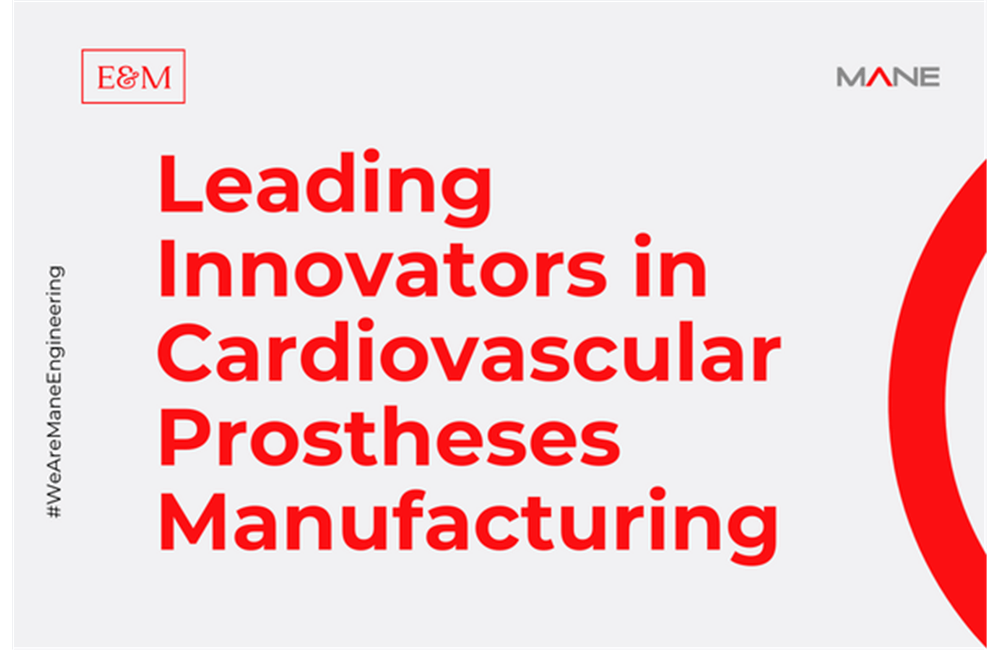Leading Innovators in Cardiovascular Prostheses Manufacturing
20 Feb, 202310 minsInnovation and activity within the medical devices industry have increased due to the demand...

Innovation and activity within the medical devices industry have increased due to the demand for early diagnosis, homecare, reduced recovery periods and preventative treatments. With this in mind, there is a growing significance of newer technologies.
It is thought that over one hundred new innovations could shape the medical devices industry.
What is cardiovascular prostheses manufacturing?
Cardiovascular prostheses manufacturing is a key innovation area within the medical devices industry.
Cardiovascular prostheses aid in the repair of damaged heart tissues. These mimic the function of normal cardiovascular organs. Two examples are heart valves and pacemakers. This innovation could potentially improve the quality of life for patients with heart abnormalities.
GlobalData’s report shows that in the previous 3 years, there have been 450,000 patents filed and granted by the government within the medical device industry.
To add to that, GlobalData also believes that there are over 30 companies (technology vendors, established medical devices companies, and start-up companies) who are engaged in the development as well as the application of cardiovascular prostheses manufacturing.
The Leading Companies
In terms of who the leading companies are, AbbVie appears as one of the leading companies in Cardiovascular Prostheses manufacturing. Others in a similar field include Johnson & Johnson and Zimmer Biomet.
Application diversity measures the number of applications identified for each relevant patent, splitting the companies into diversified or niche innovators. OrbusNeich Medical leads the pack for application diversity, followed by Orbus Neich and Avantor.
Geographic reach refers to the number of countries each patent is registered in, creating a range from global to local. In terms of geographic reach, Ossio held the top position followed by Meril Life sciences and Spinal Sterilization Technologies.
Recognising Patterns in Data
It should be mentioned that not all innovations are equal, and they don't all represent an upward trend. Subsequently, their evolution represents an S-shaped curve representing their lifecycle. This lifecycle showcases from early emergence to accelerating adoption. Eventually, they stabilise to reach maturity.
Due to this, it’s important to be aware of where a particular innovation is on the stage of its journey. Those innovations currently in the emerging or accelerating stages are likely to change as they reach a level of maturity.
Currently being tracked closely in the emerging innovation stage are disruptive technologies: neurostimulation therapy, smart physiotherapy devices, and real-time IR thermographic imaging.
Meanwhile, in the accelerating innovation stage, are Precision radiotherapy, electric atomisers, and bio-active prosthesis coating. Adoption has been heavily increasing in these areas.
Whilst, in the maturing innovation area, is bioresorbable stent coating and cryogenic tissue treatment. These are now well-established in the industry.
What’s great is that the usage of polymer material for cardiac prostheses has reduced problems associated with biological and mechanical valves in recent years. This makes them the preferred choice. On top of this, the usage of cardiac prostheses will increase owing to the increasing burden of cardiovascular diseases.


